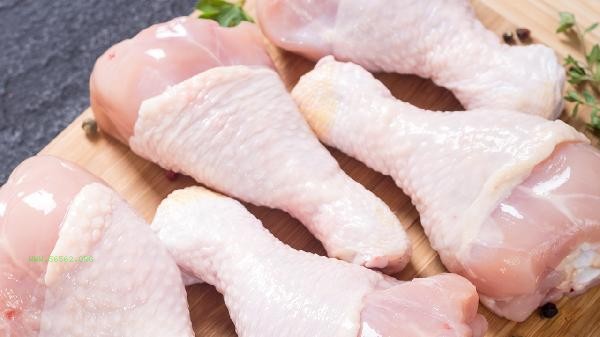Hypertensive patients can consume vegetables such as celery, spinach, broccoli, onions, and black fungus in moderation to assist in controlling blood pressure. These vegetables are rich in potassium, magnesium, dietary fiber and other components, which help regulate sodium metabolism and improve vascular elasticity. If blood pressure continues to rise or is accompanied by symptoms such as dizziness, it is recommended to seek medical attention promptly and follow the doctor's advice on medication.

1. Celery
Celery is rich in apigenin and 3-n-butylphthalide, which can relax vascular smooth muscle and reduce peripheral vascular pressure. Its high potassium and low sodium characteristics can promote the excretion of sodium salts in the body. Eating 100-150 grams of stir fried or cold celery daily can help stabilize blood pressure. People with weak gastrointestinal function should avoid consuming large amounts on an empty stomach.
2. Spinach
Nitrates in spinach can be converted into nitric oxide in the body, which directly dilates blood vessels and improves blood flow. Spinach contains over 500 milligrams of potassium and magnesium per 100 grams, which can regulate the electrophysiological function of the heart. It is recommended to blanch and mix with cold water to retain nutrients. Patients with kidney stones should control their intake.
3. Western Blue Flower
Western Blue Flower is rich in sulforaphane, which has antioxidant and anti-inflammatory effects and can reduce endothelial damage. Its dietary fiber can combine with cholesterol to reduce vascular wall deposition, and consuming boiled or steamed broccoli 3-4 times a week has a better effect. Individuals with thyroid dysfunction should not consume excessively.

4. Onion
Sulfides and quercetin in onions can inhibit platelet aggregation and improve microcirculation. The active ingredients of raw onions are preserved more completely. It is recommended to consume about 50 grams per day and mix them with salads. Patients with gastric ulcers should cook and consume them. The antioxidant content of purple onions is higher than that of white varieties.
5. Black fungus
Black fungus polysaccharides can enhance vascular elasticity, and their glial components can adsorb excess lipids in the intestine. After soaking, it is recommended to consume 15-20 grams of cold mixed or stewed soup 2-3 times a week. Individuals with abnormal coagulation function and postoperative populations should consume with caution to avoid affecting the coagulation mechanism. Hypertensive patients should pay attention to a low salt diet in daily life, with a daily sodium intake of no more than 5 grams, and limit pickled foods and processed meats. It is recommended to engage in 3-5 aerobic exercises such as brisk walking, swimming, etc. per week, each lasting for more than 30 minutes. Regularly monitor blood pressure changes. If systolic blood pressure continues to exceed 140mmHg or symptoms such as blurred vision and chest tightness occur, antihypertensive drugs such as amlodipine besylate tablets and valsartan capsules should be used under the guidance of a doctor. Maintaining a regular schedule and emotional stability are equally important for blood pressure management.









Comments (0)
Leave a Comment
No comments yet
Be the first to share your thoughts!